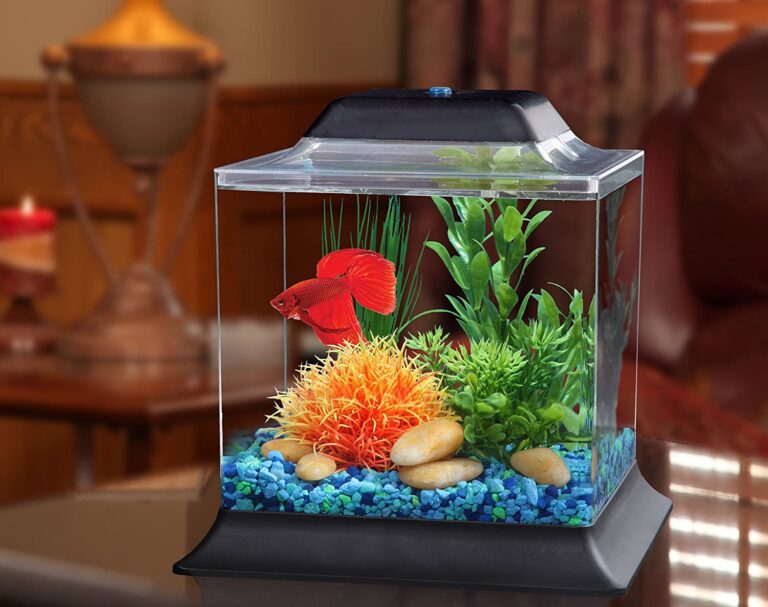Keeping fish alive and healthy is a great hobby, but it can be tricky and a bit overwhelming if you are just starting. There are some common mistakes and typical problems, but the good news is that there are solutions, too.
1. Inadequate size of the aquarium
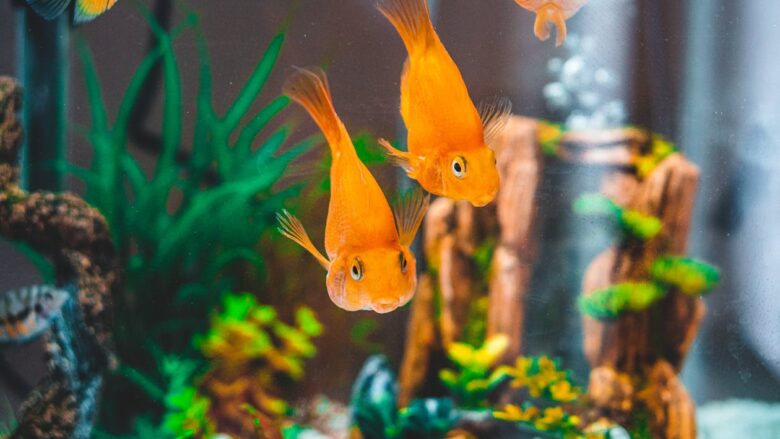
Contrary to popular belief, smaller-sized aquariums are harder to maintain since it is easier to correct the conditions in a bigger one and they are relatively more stable than the smaller ones. Ideally, a beginner should initially get an aquarium from 20-55 gallons. The recommendations are a gallon of water for every inch of mature tropical fish, and three gallons for every inch of mature goldfish. You can browse for some options on this website.
2. Not cycling the fish tank
Regardless of whether it is a freshwater or saltwater aquarium, cultivating the proper bacteria that will be beneficial for this kind of ecosystem is crucial. It is called “cycling” and it is something you must do before introducing fish into it. If you skip this step, you are risking your fish dying out from the ammonia build up. Namely, these beneficial bacteria feed on the ammonia and nitrites which result from the food decay and the waste from the organisms in the tank. Seek guides on how to start this process either from scratch or to introduce bacteria from another aquarium. Do not get the fish on the same day as the tank– these useful bacteria take time to grow so that they will keep the levels of ammonia and nitrites in check once the fish are added to the tank. Therefore, give your filter and these bacteria a bit of time – at least 2 or 3 days.
3. Overstocking
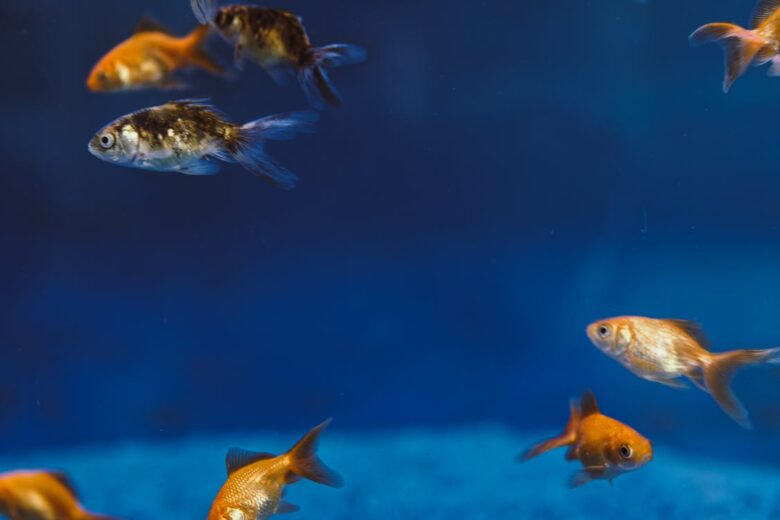
You should avoid adding too many fish at the same time, especially at the beginning because the levels of ammonia and nitrites may quickly rise to lethal levels. Some fish are territorial creatures, so check for compatibility between the species of aquarium inhabitants that you already own and the ones that you are planning on purchasing, as well as finding out how big they will grow. They might require different levels of pH of the water, as well as special feeders. You should always have in mind the capacity of your filter to clean the water and the size of your tank. Do not add fish if the levels of ammonia/nitrites are already too high as that will stress them out.
4. High levels of harmful substances
At certain intervals, you would have to check the levels of these decomposition/waste products. If the ammonia rises above 1 ppm or the fish are showing signs of ammonia poisoning such as gasping for air, red gills, discoloration, and lethargy, you should immediately change about half of the water in the tank. Aeration also helps to lower the ammonia, so getting an adequate air pump will regulate its levels. Also, when they arise, it is important to temporarily reduce the feeding of the fish as that is the initial source of the ammonia.
Sometimes, there can be spikes in the levels of these substances, and replenishing the beneficial bacterial populations is possible with bacterial additives. Also, use a siphon kit to clean the gravel in the fish tank, dividing it into sections and cleaning different sections with each water change. Avoid cleaning the whole substrate in one session. The same goes for the filter medium and the water replacement. That way, you will be able to keep the bacterial diversity steady and prevent any dangerous spikes.
Also, if you are using tap water, it can contain chlorine or chloramine which will have a negative impact on the fish. They can end up gasping for air or breathing heavily. The chlorine might kill them, as well as the beneficial bacteria involved in biological filtration of the water, so ammonia spikes can occur. There are commercial dechlorinators and neutralizers that will remove chlorine and chloramine. Reverse osmosis units are another great way to remove water impurities and leave it contaminant-free.
5. Overfeeding the fish
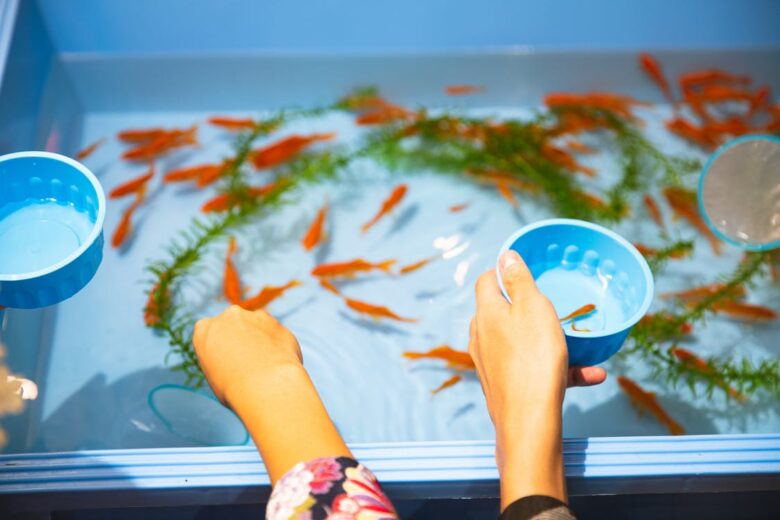
It’s understandable to worry whether your aquatic pets are hungry or not, but they should be fed once per day (or twice) and it should be the amount of food that can be eaten within one or two minutes. The leftover food will pollute the water and lead to a rise in the levels of the degradation products. This happens because the uneaten food eventually decomposes and it can cloud the water or make it smell bad.
6. Not having a proper filter
Depending on the size of the tank, you will be able to use a rating system in order to choose the right filter (or even a larger one). Practically, you can’t over-filter the water, but under-filtering it is very likely and would have devastating consequences for the living creatures in your fish tank. If necessary, get multiple filters, depending also on the number and type of fish.
7. Not seeking advice
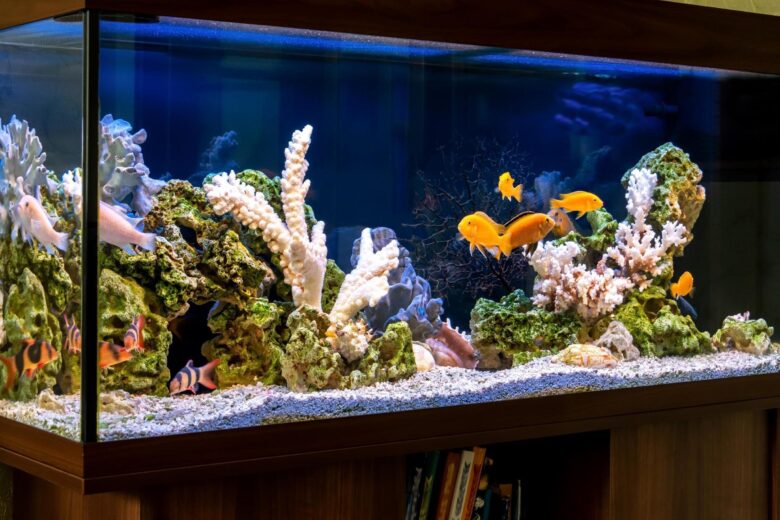
If you are new to this, you should definitely consult people who have in-depth knowledge about fish and aquariums. Find reliable sources of information, and try to follow their advice.
8. Over cleaning
Cleaning it too often can actually damage the environment and destroy the useful bacteria. The filter should be changed probably about once per month. Adding water to the tank once it evaporates instead of changing it is called “topping it off” and will eventually lead to the accumulation of pollutants and to increased acidity which may harm the inhabitants of the tank. Avoid changing too much water at once. Instead, change the water partially – either 10% every week, or 25% every 2 weeks (or once a month).
9. Algae overgrowth
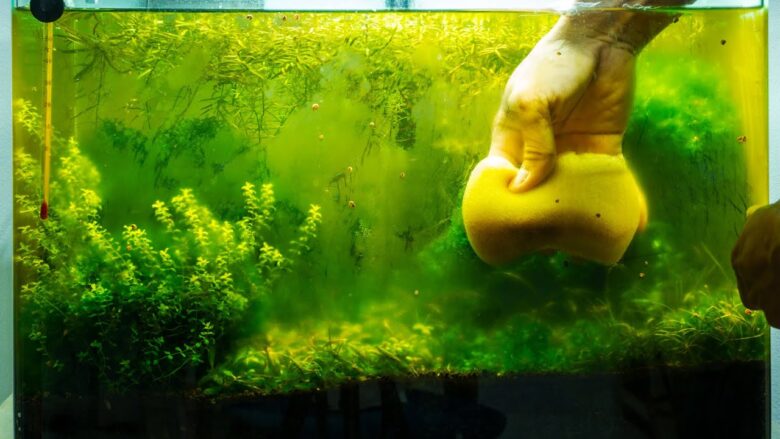
This will result in green water. It can result from much sunlight exposure, accumulation of phosphates, and overfeeding. To solve this problem, change 50% of the water and clean the inside of the glass (no chemicals, only scrubbing). Also, you can buy fish or snails that feed on the algae and it will keep its growth under control. There are some chemicals that can help you with this, too. If needed, remove the decorations and clean them before placing them back. If the high levels of phosphates are causing the problem, try using filtered water, or change the water more frequently.
10. Lack of cover and darkness
The decorations in the tank are not visual enjoyment only – they provide shelter and the fish will use it as a habitat. If you see them hiding behind filter tubes or heaters, consider adding some new decorations on the floor of the tank.
Also, the fish need to sleep and rest, and naturally, they do that in the dark. They need a consistent day/night cycle, so if necessary, you can get a timer for the lights that will turn it on or off accordingly.

